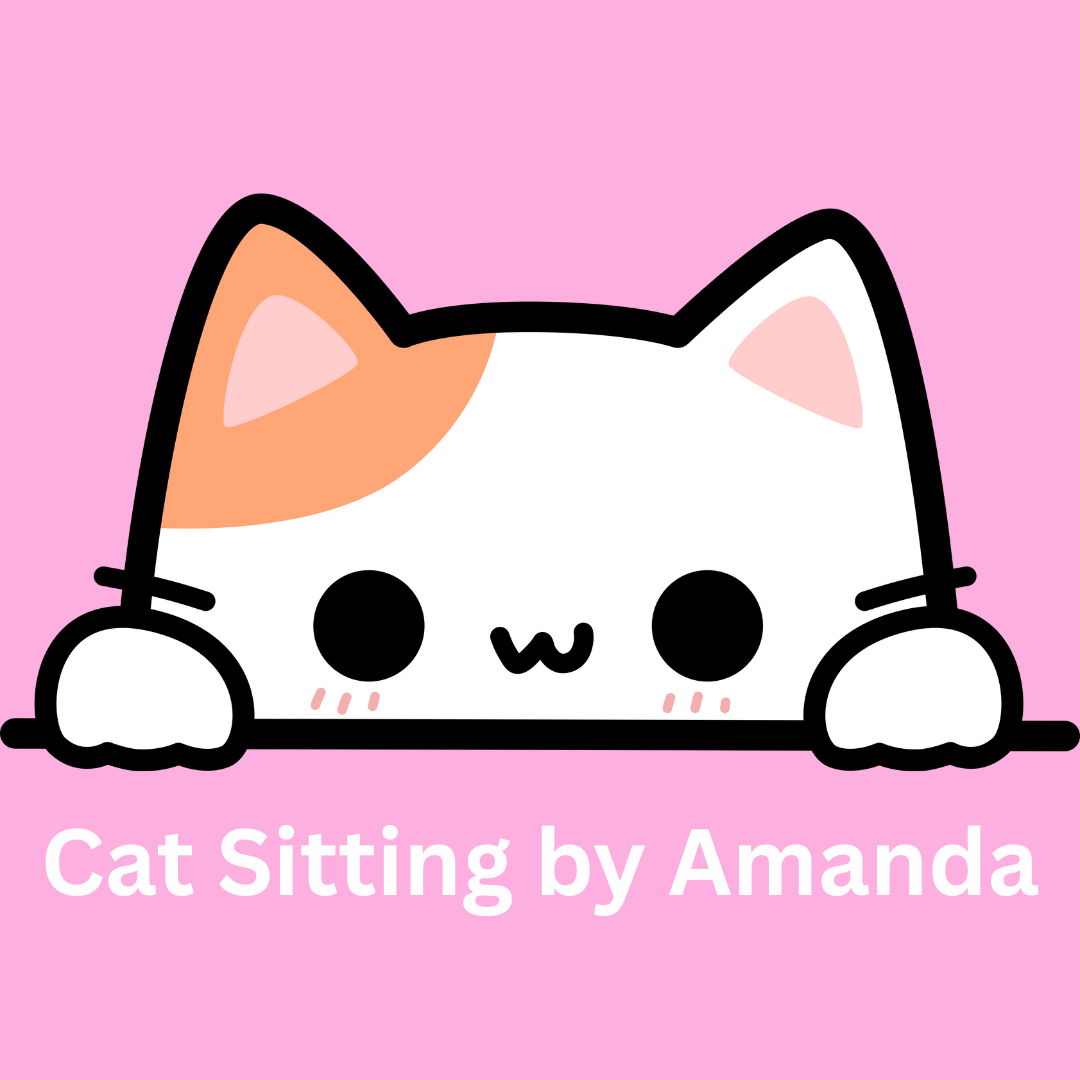How Often Should You Feed Your Cat? A Guide to Feline Mealtimes
One of the most common questions cat parents and sitters ask is: “How often should I feed my cat?” And while the answer isn’t one-size-fits-all, understanding your cat’s age, health, lifestyle, and natural instincts can help you set the perfect mealtime schedule.
In this post, we’ll walk you through how often you should feed your cat, what type of feeding method might suit your feline best, and how to keep their health (and happiness!) in check.
🐱 Why Feeding Schedules Matter
Cats are creatures of habit. A consistent feeding routine doesn’t just support digestion—it provides structure, comfort, and a sense of security. Whether you’re a cat owner or sitter, establishing a clear feeding schedule helps prevent overfeeding, underfeeding, and unnecessary stress.
🍼 Kittens (Under 6 Months Old)
Feeding Frequency: 3 to 4 times a day
Kittens are growing rapidly and need frequent meals packed with nutrients. High-quality kitten food supports their developing bodies and should be fed in smaller, more frequent portions throughout the day.
Pro Tip: Kittens also need more calories per pound than adults, so don’t skimp—this is their time to grow!
🐾 Adult Cats (6 Months – 7 Years)
Feeding Frequency: 2 meals a day (12 hours apart)
Alternative: Free feeding (dry food left out all day, if appropriate)
For most healthy adult cats, two meals per day—morning and evening—is ideal. This mimics their natural hunting behavior of catching small meals throughout the day and helps manage portion control.
Free feeding works for some cats, but it can lead to overeating and obesity in less active or food-motivated felines. If you go this route, be mindful of daily caloric intake.
🧓 Senior Cats (7+ Years)
Feeding Frequency: 2 or more small meals per day
Older cats may have slower metabolism, reduced activity, or special health needs. Some may require smaller, more frequent meals, while others do fine on a twice-daily routine.
Tip: Always consult your vet if your senior cat has health issues like kidney disease, diabetes, or dental problems. Specialized diets and feeding schedules can make a big difference.
🥫 Wet vs. Dry Food: Does It Affect Feeding Frequency?
Yes! Wet food is usually served in set portions and can help with hydration—especially for cats who don’t drink enough water. Dry food can be measured and left out for grazing, but portion control is crucial to avoid weight gain.
Some cat parents do a combo feeding routine: wet food twice a day with a small amount of dry food available between meals.
🛎️ Signs You May Need to Adjust Feeding Times
Begging or vocalizing between meals (might be hungry—or just bored!)
Weight gain or loss
Vomiting after eating (could indicate eating too quickly or GI issues)
Lethargy or lack of interest in food
Regularly monitor your cat’s weight, body condition, and behavior, and don’t hesitate to adjust meal times or portions accordingly.
🧳 Feeding While You’re Away (Cat-Sitting Tips)
If you’re leaving your cat with a sitter or using a service:
Stick to your normal schedule as much as possible.
Leave clear feeding instructions with amounts, times, and any dietary restrictions.
Pre-measure meals if needed—it’s a huge help to your sitter!
🐾 Final Thoughts: Listen to Your Cat
Every cat is unique. What works for one may not work for another. The best feeding schedule is one that fits your cat’s age, lifestyle, and health needs—and keeps them healthy and content.
And remember: Feeding time isn’t just about nutrition. It’s a chance to bond, observe, and show love in the way our feline companions understand best—through consistency and care.
How often do you feed your cat? Have a feeding routine that works wonders? Share your experience in the comments—we’d love to hear from you!
#CatFeedingGuide #HealthyCats #CatParentTips #MealtimeMatters #CatCareBlog #FelineNutrition #CatSitting101 #HappyCatHappyLife
